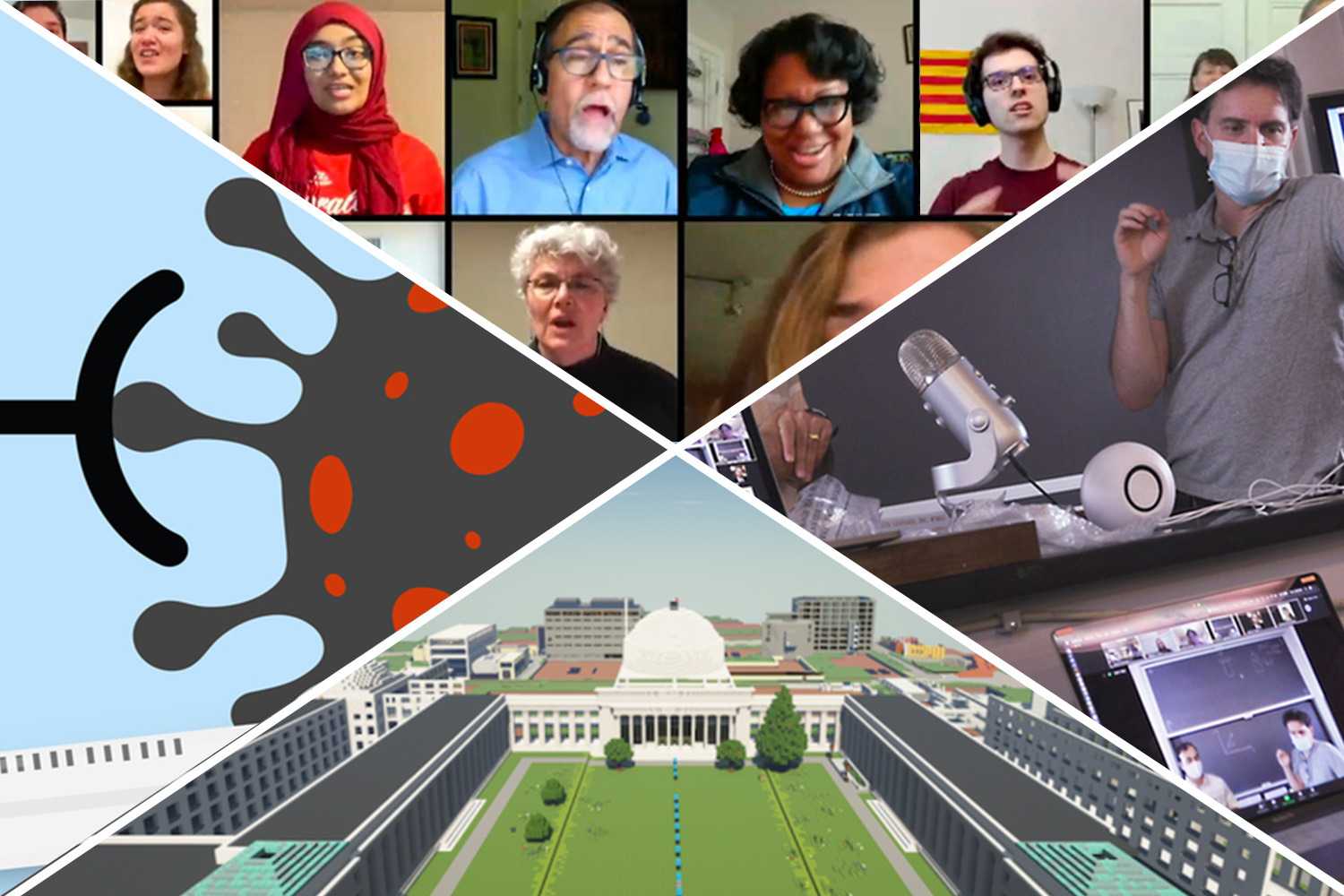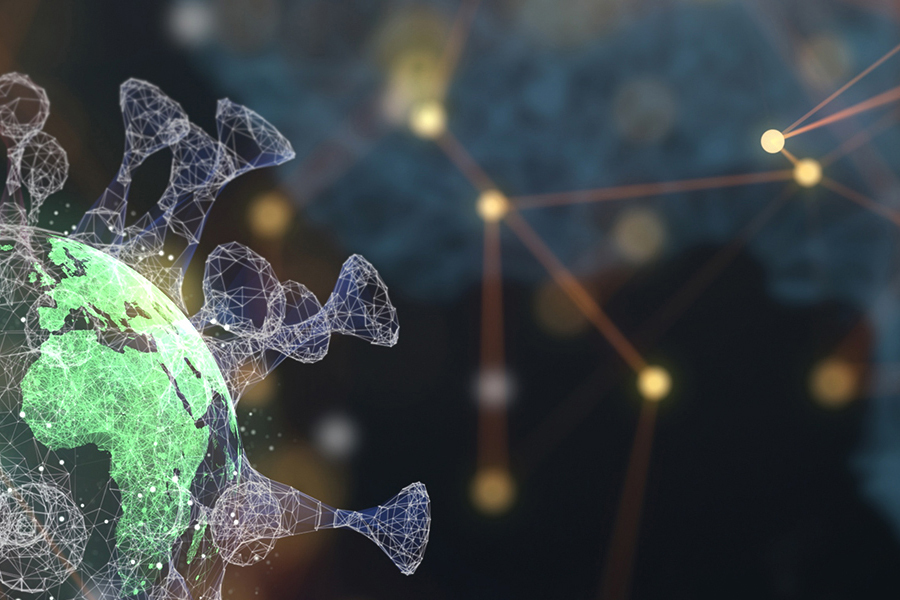Concept Mapping: a Powerful Tool for Building Actionable Knowledge
If you use it right… Figure 1: A concept map exploring the core idea of this article Concept mapping was invented by a team around Joseph D. Novak in the 1970s, initially as a tool for representing how students understand a specific problem or topic – as a better way for researchers to take notes […]

If you use it right…

Figure 1: A concept map exploring the core idea of this article
Concept mapping was invented by a team around Joseph D. Novak in the 1970s, initially as a tool for representing how students understand a specific problem or topic – as a better way for researchers to take notes than just free text or recording. But, shortly after, the team found out it is also a great educational aid. Not only for assessment, to see whether the student understands correctly, but also for explaining and summarizing, when a teacher prepares the map, and, most importantly, for learning itself – when the students learn through participation in concept mapping.
Yet, 50 years later, concept maps are still not widely spread among schools and other educational institutions. One reason is that people do not know how to use them the right way, missing the core ideas behind concept mapping. Let's briefly summarize these and clear out some misconceptions.
What is concept mapping?
Concept mapping is a way of representing knowledge or ideas as concepts and relationships between them. A concept in the map is anything we want to talk about, i.e., any real-world object, an abstract term, an event, or even a fact. Concepts are usually represented by text in rectangles and relationships as oriented links between the rectangles, with arrows showing the reading direction. Visually, concept maps look like mind maps, but the essential thing about concept mapping is not the visual representation. Instead, it is the idea of structuring knowledge into small pieces, thinking about how these small pieces are related to each other, and the idea that you should learn by trying to link every new bit of knowledge to something you already know well. The latter comes from David Ausubel and his theory of meaningful learning.
It's not just another graphic organizer
While the visual nature of concept maps certainly brings several benefits, especially for so-called visual learners, they are far more than just a tool to summarize something visually. When finished, a concept map can look nice and help to explain a complex problem to others or help to revise topics from the last lesson. However, the most important thing about a concept map is the very creation of it. Those involved in creating the concept map have to think and try to turn information into concepts and relationships between them. This process of finding, selecting, and naming concepts and then linking them together leads to organizing information inside the heads of concept mappers into integrated actionable knowledge.
Thinking is hard, but to learn, you have to think
Concept mapping requires a lot of thinking. They are a high-level depth of knowledge tool. But isn't that what we are ideally striving for when learning or teaching? As David Ausubel says, the best way to learn is by relating every new term, concept, or fact to something we are already familiar with. To find these meaningful relationships, we have to think hard about what we know and about the new information. But in return for this hard thinking, we get the reward of integrated actionable knowledge that we can retain for a long time – the reward of meaningful learning.
Meaningful learning: the holy grail of education
If we simplify a bit, we can say that any learning attempt can have two outcomes: rote learning or meaningful learning. By rote learning is meant memorizing some facts or steps without understanding. You can repeat the definitions or perform the steps, but you don't know what they mean – you are not able to apply the facts together with some new information in a different context. Meaningful learning means that you actually understand the new concepts. You know how they are related to other facts you know and therefore can combine the new knowledge with everything else you learned and apply it in new situations. Moreover, interlinked information stays in your memory longer.
Concept mapping: the way to meaningful learning
You can, of course, try to achieve meaningful learning just by being highly focused and disciplined, thinking hard, and asking the right questions. But that is like doing complex math calculations just in your head instead of using pen & paper or a calculator as an aid. Similarly, it is much easier to learn meaningfully if you use concept mapping as an aid because concept maps can help you materialize your thoughts and record them so that you don't have to rely just on your working memory.
How to concept map
Although drawing some bubbles with words and lines between them seems easy, some counter-intuitive important principles in concept mapping are hard to master. The best way is to attend some course or webinar where someone can correct your rookie mistakes. But for starters, let's summarize the basic steps here.
1. Define the focus question
A concept map should always be built to answer a particular question, which is called a focus question. For example, never start making a concept map called just “Photosynthesis.” Instead, come up with a focus question like “Why is photosynthesis important for higher life forms?” It is always better to have many small overlapping concept maps, each focused on a different question, than one colossal map covering everything.
2. Select key concepts for answering the question
Do not interlink them yet! Just place them on the map. For our example question, they can look like this:

Figure 2: An example set of selected key concepts
3. Add context: some related concepts that you already know
This step is the key to meaningful learning. We need to link the new concepts to something familiar. For example, “Photosynthetic organisms” to “Plants” or “Energy-rich organic compounds” to “Sugars.” The most relevant related concepts are those that you are naturally interested in. For example, if you were a SpaceX and Mars colonization fan, you could add “terraforming” as a concept into this map.

Figure: 3 Key concepts with 3 known concepts added
4. Rearrange and interlink concepts
Put closely related concepts near to each other and start linking them. Always keep in mind that the primary goal of the links is to answer the original focus question. Feel free to remove some concepts if you find them redundant.

Figure 4: An example concept map where we arranged the concepts and started interlinking them.
The final version of the map can look like in Figure 5 below. Notice we removed “Energy” as a redundant concept. And remember, the goal of concept mapping is the process itself rather than the resulting concept map.

Figure 5: A concept map answering “Why is photosynthesis important for higher life forms?”
Concept mapping software
Although you can use just pen & paper or any of the myriad of diagramming and mind mapping software tools, the best choice is to use software designed explicitly for concept mapping. Unfortunately, there are only a few such tools:
- ContextMinds (the author is involved in its development)
- CMapTools (developed by the team around prof. Novak)
- Sero Learn (mainly for using concept maps for assessment)
- Inspiration (no longer maintained)
The essential features of such software are letting you rearrange the concept map as you wish, add links and notes to concepts, and easily share the result. In addition, advanced concept mapping software should automatically provide you with the right related concepts (step 3 above) to ensure meaningful learning happens. Of those mentioned, only ContextMinds is trying to do that.
Ways of using concept maps
There are many different scenarios and use-cases where concept maps can help, like curriculum design, writing, revision, or understanding text. Although you may slightly deviate from the original concept mapping process in some use-cases (if you know what you are doing), one thing remains true all the time: concept mapping is most helpful to those actively involved in it (and yes, they have to think hard).





































